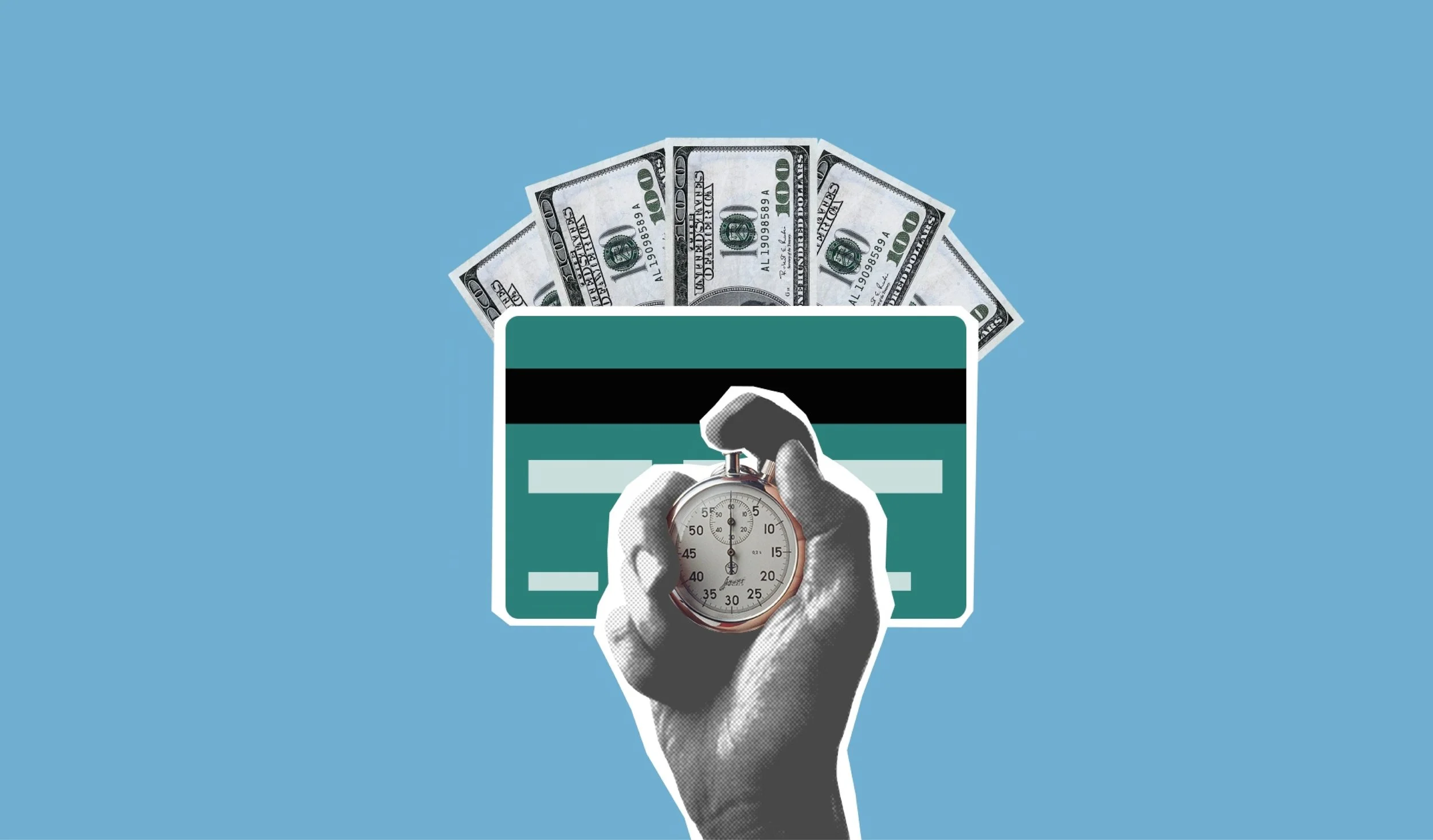Snowball Vs. Avalanche Method: Which Debt-Payment Strategy Should I Use?
Debt-To-Income ratios are something underwriters consider when approving or denying loans. While it’s perfectly normal to apply for a home loan when carrying some debt, occasionally, it might help your chances of approval to lower that debt-to-income ratio. Trying to pay down debt can feel overwhelming. If you have multiple debts, knowing how to pay down your debts most efficiently can be confusing. There are two popular methods for approaching debt payment: the snowball method and the avalanche method. Haven’t heard of these strategies? Let’s talk through their processes and the benefits of each!
The Snowball Method
The snowball method requires writing down the amounts owed on each debt and organizing them from the smallest amount owed to the largest. Every month, you will pay the minimum balance on all your debts except the smallest. Any extra income will go towards the smallest debt. Continue to pay extra on the smallest debt until it is paid off. Then apply the same extra funds to the second smallest debt.
The snowball method is a great approach to help you stay motivated as you pay down debt. The “little wins” of paying off the smallest debt can motivate you to continue chipping away at the larger debts.
The Avalanche Method
For the avalanche method, write down the amounts of your debts along with the interest rate. You will then organize them into a list, starting with the highest interest rate to the lowest interest rate. You will pay the minimum balance on all of your debts but apply any extra income to the debt with the highest interest rate until it is paid off.
The avalanche method is excellent because it addresses the most expensive debt first, effectively saving you money as you work to pay down your debts.
Which Method Is Right For Me?
Like many questions in life, there is no black-and-white answer to this question. There are benefits to both methods; because both methods are intentional approaches to paying down your debt - you can’t go wrong with either approach.
Working with a financial advisor may be a great idea if you have more specific questions or want a more tailored answer to your debt repayment approach. Imagine Home Lending loan officers can make great recommendations for local financial advisors who can help address issues like debt repayment, credit score advice, savings plans, and more! Let us know if we can help connect you with a local expert in your area!


